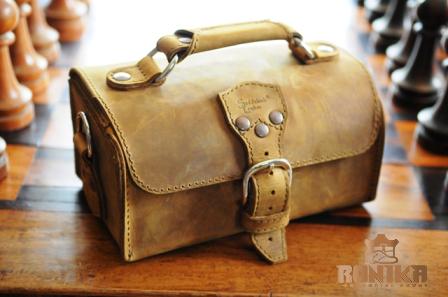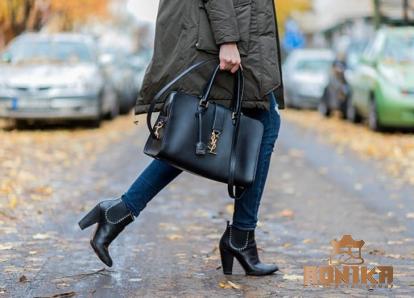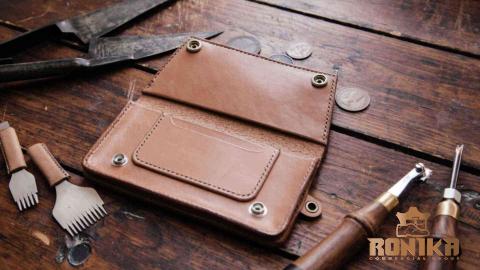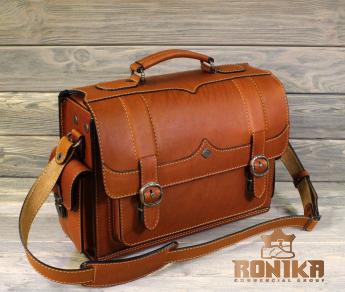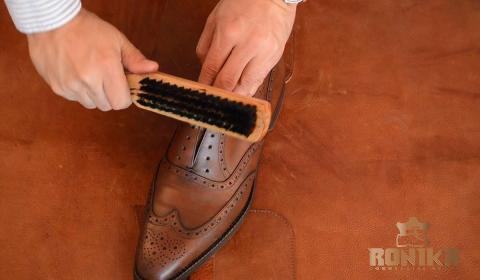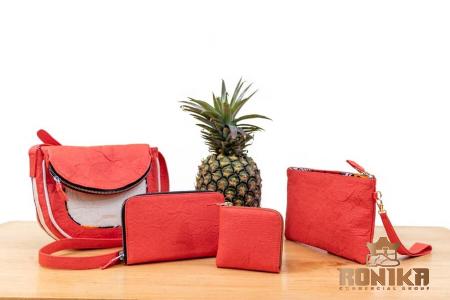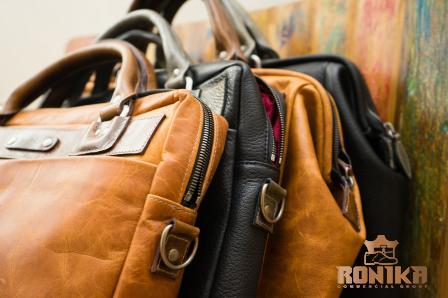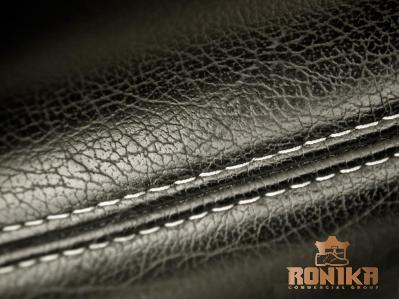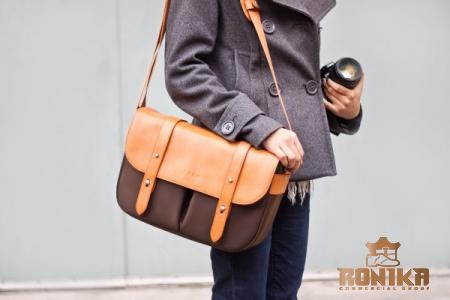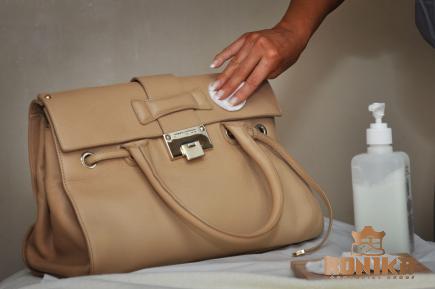Purchase and Price of Types of Vachetta leather products
The first decisive factor for products made out of Vachetta is that they are calf leather
This is leather made from the skin of young cows or bulls that are about one year old, which may affect the price range
Calf skins are, therefore, often a by-product of the calf industry
Young animal leather is also thinner than many other types of leather, around 1-2mm
Younger cows have softer skin, making the leather very comfortable, smooth, and supple, yet strong and durable
It is usually produced using a vegetable tanning process
This process is the traditional way to preserve leather
Tanning this way takes weeks and uses only herbal materials
The tanners then usually leave the leather undyed or finished – as you can see in Vachetta shoe liners
This is unusual as almost all leathers have protective finishes and colors added at this stage
The unfinished surface is one thing that distinguishes Vachetta from another calfskin
Rawhide reacts to light and moisture and develops color and patina faster than many other types of leather
Untreated, the leather retains its natural color
Although the treatment helps the leather become more water resistant and create a shine, it can also weaken its natural texture and color
This “unfinished” style is likely to show blemishes or marks on the animal’s skin – which could be an attractive guarantee of authenticity

However, because the hide comes from a younger animal, the leather tends to be even and has fewer marks
Some bag collections are a bit unusual in that they use dyed Vachetta
This way, Vachetta retains most of its properties but with more protection from the elements
Since bags are exposed to more aspects than shoe liners, the finish is important to protect the leather
It also means that typical vachetta aging is less drastic, allowing leather bags to develop more smoothly
Another factor that sets Vachetta leather apart is its high-fat content – because the leather is processed less, it retains more of its natural fat
This makes it soft and supple, giving it an almost silky feel
The result of all this is smooth, supple leather that is durable and built to last
It is leather that has existed for many centuries
However, it was not always called Vachetta – previously, it had a slightly less catchy name, “untreated vegetable-tanned calfskin
” This leather is popular in the Tuscany region of Italy and is called Tuscan leather
Even today, this leather is sometimes referred to as Florence Vachetta leather
The word Vachetta is a mixture of Italian and French
It is believed that during the 20th century, Italian luxury bag makers wanted a way to differentiate the premium leather they used, so they started calling it Vachetta
The French word for cowhide calfskin (pronounced “vash-et”) was borrowed in a brilliant marketing move
The bagmaker then made it into an Italian word to describe this particular type of leather
Thus, as the Italian style changed, the cowhide became the cowhide with a capital V (hence pronounced “vak-et-ta”)
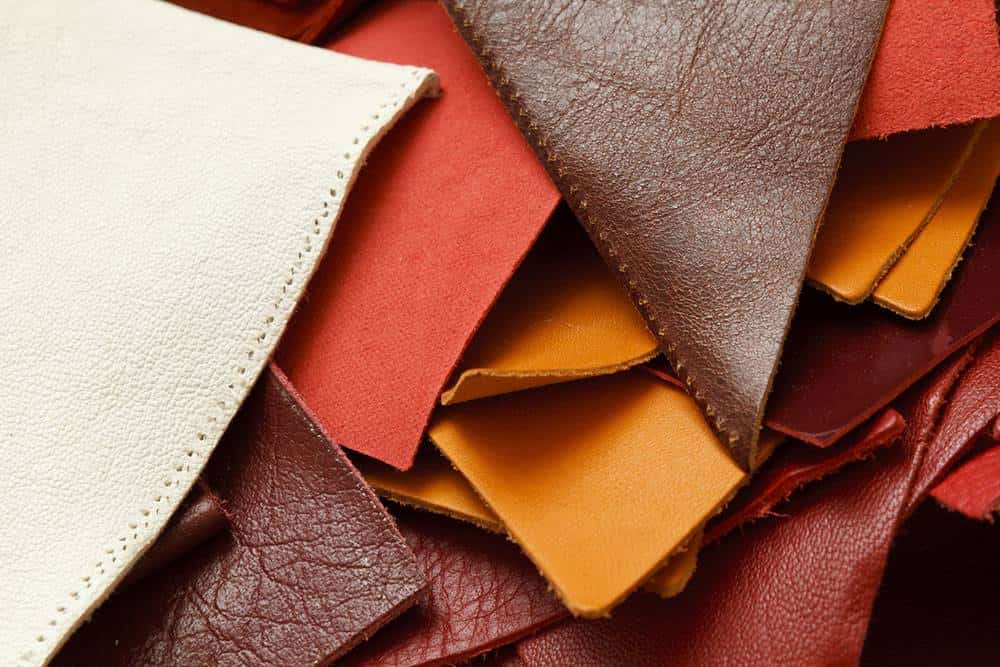
Vatchetta leather products
So why is cowhide one of the most respected and popular types of leather? Gradually, Vachetta became the leather of choice for luxury products
It’s incomparable, like the handle close to the skin, because it feels so good
Vachetta is gaining popularity
It is particularly suitable for handles, shoulder straps, and focal areas where designers look for attractive and eye-catching leather
Not only does leather feel good in the hand, but it is also often more attractive than other types of leather
It’s also sought after for how it ages, developing dark honey and bronzer shades in a relatively short time
If this leather is cared for, it will only get better over the years
Louis Vuitton is best credited for making Vachetta leather famous – pairing it with its signature dark leather motif to create an instantly recognizable look
While cowhide is most closely associated with Italy, the secret has been leaked
There are now Vacheta producers all over the world
Italy is known for its leather production and produces some of the best leather
It is a country known for its cattle and its Italian heritage
There they make vegetable tanned cowhide leather that is as beautiful as you will find anywhere else
Cowhide is versatile
It is found in bags, purses, furniture, and shoes
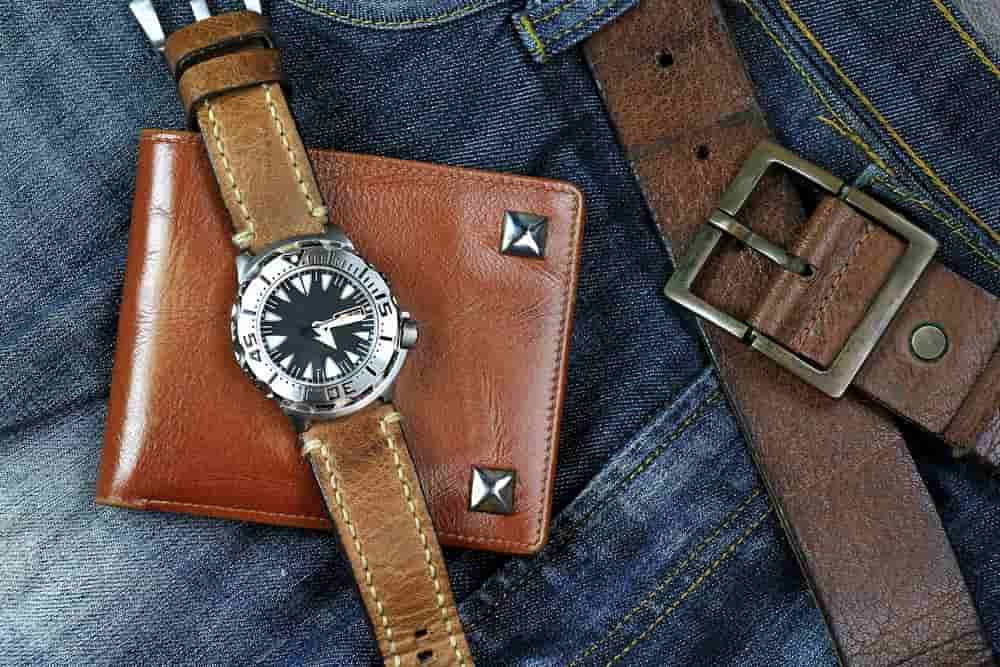
It is a very soft leather that leatherworkers love to use
It cuts and punches, machined, sewn, and well-formed
This makes the shoe lining very comfortable
After just a few uses, it molds to the shape of the foot
How does this benefit you? It is more breathable because it is full-grain leather rather than revised leather
This is very important for shoes because they retain less water, so your feet are healthier
It also reduces foot odor and is antibacterial, which is also good for your foot health
It is also important for bags as it provides extra strength and durability
In some shoes and boots, manufacturers only use a large piece of Vachetta that covers the entire foot
This means their shoes are more comfortable because they have fewer seams and stitches
Even the tongue of some shoes have a Vachetta lining
Some boots also have an extra piece of cowhide that lines the upper side of the boot
Some shoes have a special function
You may notice a suede section on the heel – this is a Vachetta, but “the other way around
” It’s the same full-grain Vachetta lining but reinforced, with the interior exposed
Why? The interior of Vachetta has a felt surface; it is softer and prevents chafing and the formation of foam
Artisans also do this, so you have more grip on the back of your foot and prevent slipping
We believe in the minimalist principle of a lesser but better property
For this reason, cowhide leather is the perfect choice for bags and shoe linings – it lasts long, and the more you wear it, the better it will adapt to your feet and become more comfortable
The use of high-quality full grain leather means the product will age gracefully and become beloved
Cowhide ages very well and gets a patina – the undyed lining should gradually change from light beige to honey to dark brass
The natural look of Vachetta complements the classic designs of bags, shoes, boots, and sneakers
All in all, it’s comfortable and functional, and it looks good – so why not use it?
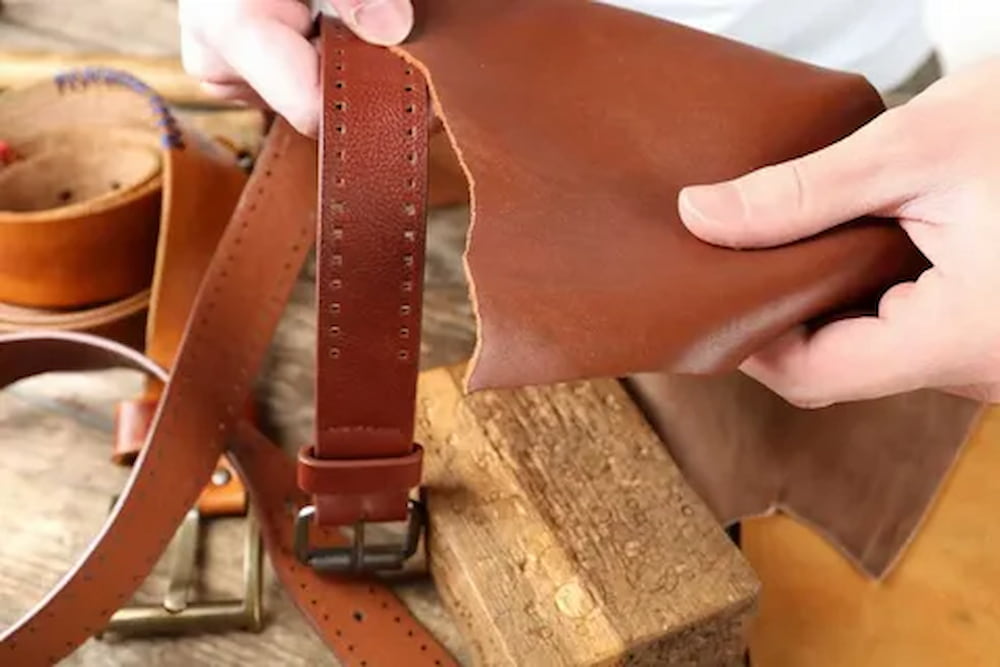
Price of Vatchetta leather
Vachetta is robust and, therefore, very low maintenance and varied in price
However, taking care of your leather products is essential, which is why I would like to share some tips on caring for cowhide leather with you
Inside a shoe, you probably don’t give much thought to leather care – your most likely concern is the leather on the outside of the upper or even the leather sole
However, care should be taken with cowhide linings to ensure that they last as long as possible and remain comfortable
This is even more important for bags because the vachetta is exposed to the environment – heat, cold, rain, and whatever gets thrown around
You want it to look beautiful and protect everything inside you
Cowhide will age and darken over time – this is natural and, in fact, sought after
This comes with normal wear and tear and exposure to air, sun, skin oils, etc
This means that it will develop its own characteristics unique to you
Let’s take a look at some of the most common issues you may encounter
This is the most common problem you may encounter
Leather is a porous, natural material that water can seep into if you go out in the rain
On bags, this can easily happen too
You can limit the amount of water that can pass by protecting your shoes beforehand
Using a well-applied polish will help protect the leather upper and make it waterproof
If you have suede or leather shoes, apply water repellent regularly as needed
Likewise, you might want to add some waterproofing to your bag
Make sure the leather is sound and in good condition, then spray or apply a leather repellent
Once the leather is wet, the first step is to let it dry naturally
For shoes, place the shoe in a wooden form and place the shoe in a dry, warm place (warm, not hot, heat can damage the leather)
A wooden form will help wick away moisture
If you don’t have one, use crumpled-up newspaper
Once they’re dry, you’ll be able to see if there’s any staining or discoloration of the lining (honestly, it’s not that common – it’s more likely on the outside)
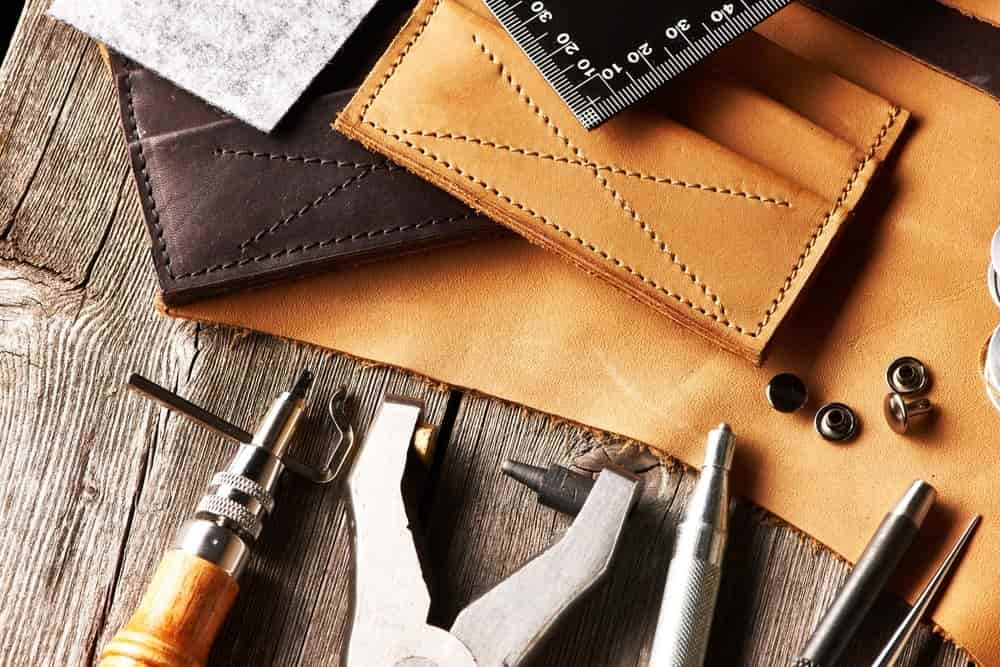
The first step is to minimize the visual impact, so wipe the area with an unscented, alcohol-free wipe
Never rub the cowhide leather lightly, but dab (or in small circles) so as not to damage the material
After that, use a clear leather conditioner (you can buy one specifically for Vachetta leather, but any good quality leather conditioner will do)
This is important as it will rejuvenate the Vachetta and ensure that it remains healthy – preventing the leather from drying out and cracking
It should also hide any remaining water marks
Failure to properly dry your leather shoes can lead to mold growth, which can erode the leather
This naturally occurs on leather as it is an organic material but can be avoided with proper drying
If mold appears, wipe gently with a cloth and dry thoroughly before assessing the damage
You may need to clean it a bit more and use a lot of leather conditioner to restore it
